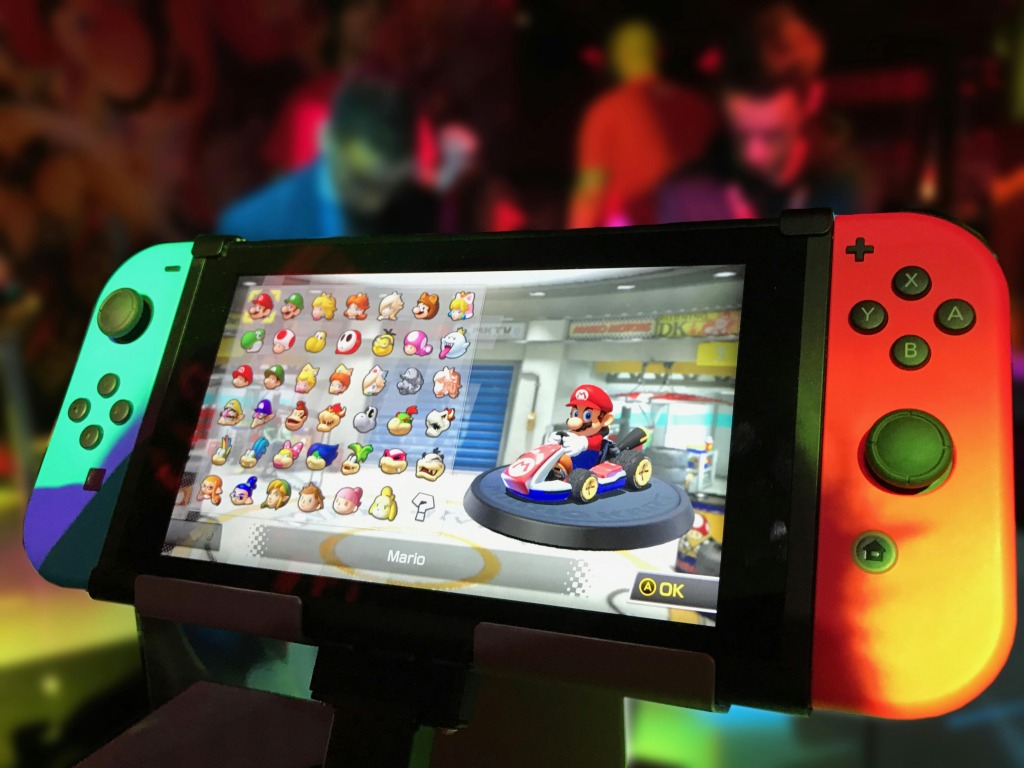
When people think of gaming, a lot of different things can come to mind. For some, it’s settling down for a nice quiet evening with a single-player world to immerse yourself in for a few hours. For others, it’s a competitive endeavor where playing becomes more akin to competing with the ever-expanding range of esports titles available. For some, the mention of gaming instead invokes high memories of high-stakes hybrid casino games and the thrill that comes along with the new iGaming wave.
As we step into 2025, the line between social interaction and gaming has blurred significantly, creating an ecosystem where play and connection are intrinsically linked. Not only have such shifts redefined the manner in which we consume video games, but even casino-themed amusement is seen and experienced in a new and different manner.
The Social Gaming Explosion
It would be hard to find such a rise in social elements as the gaming industry had across a wide array of genres – from massively multiplayer online games to casual mobile apps, developers have realized the power that community-driven experiences can have. It is becoming increasingly rare for any kind of game on any platform not to have some form of social element: be it in-game chats, collaborative missions and activities, or competitive leaderboards.
This trend also cuts across to casino gaming. Social casinos have gained immense popularity by offering a risk-free gaming experience, allowing gamers to play casino-type games without experiencing any financial risk – the opposite of traditional casinos. Such a model, therefore, targets entertainment and social interaction for people in general. One of the key aspects of how social casinos work is their emphasis on community-building features. These platforms often include leaderboards, friend challenges, and chat options, creating a more interactive and engaging environment.
The Rise of Virtual Hangouts
Some titles have gone above and beyond what the original developers likely envisaged, with the games becoming virtual social spaces in their own right – quite literally. Games such as “Fortnite” and “Roblox” have been leading this trend of virtual concerts and events joined by millions. Travis Scott’s “Astronomical” concert in Fortnite drew a staggering 45.8 million viewers across five shows in April 2020, setting a world record for virtual concert attendance. Lil Nas X’s Roblox concert experience – also in 2020 – attracted 33 million viewers over two days and four shows. For some people, it can be considered strange or bizarre, but the numbers are showing that there is a sizable market for this relatively new phenomenon.
Casino Gaming also Affected
As alluded to earlier, the social revolution has not left the world of casino gaming behind. Traditional online casinos have features such as live dealer games with chat capabilities, allowing punters to chat with dealers and other gamblers in real-time. This evolution has brought back some authenticity to online gambling and a more social experience not so different from the physical house.
Players preferring a calmer experience with social casinos can focus on entertainment and socializing as opposed to real money wagering. Players play slots, poker, and all the casino favorites using virtual currency while socializing with old friends and making new ones. The success of social casinos is an indication that people have an increased appetite for risk-free gaming experiences that are about fun and social engagement without financial stakes.
Augmented Reality (AR) and Social Gaming
With AR maturing, the technology found a natural fit within the world of gaming. In 2025, AR games that meld the physical and the digital have already become common fare, pushing people to get out into the outdoors and interact with others in entirely new ways. The results are spontaneous social gatherings and communities formed around these games, as public areas become playgrounds for the digital adventurer. For instance, the Pokémon GO faze has demonstrated the potential of AR to create impromptu social gatherings and foster community engagement. That fad of a few years ago caused historical landmarks and public spaces to become focal points for in-game activities – with players organizing meetups and events centered around game activities.
Conclusion
Gaming experiences have increasingly become one of social interaction – from video games to casino-style entertainment – with an emphasis on community, connection, and shared experiences that redefine how we play and interact online. And while many challenges lie ahead, the revolution in social gaming has opened up new pathways for entertainment, education, and human connections. With continued developments in technology, one should actually expect more and more development from the game’s social components, positioning games even more robustly as a cornerstone for human connection in the future.





















